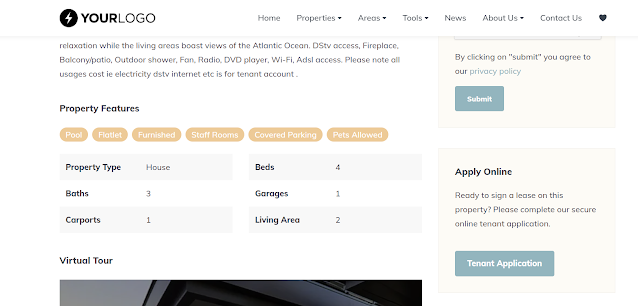Reflecting on 3 years and 100% uptime with our Flex real estate websites
post by Adriaan Grové, Entegral Founder
Back in 2018 we launched our 2nd generation Flex platform, internally called the Flex Template Language. Today we take a look back at the major upgrades, the way forward, and how this was all done by a small, dedicated Entegral team.
We had several goals:
- Develop the industry's most flexible (no pun intended) platform for building real estate websites, giving clients and front-end developers creative freedom with design and integrations.
- Provide unmatched reliability through 100% uptime and a consistent experience, no matter where you are in the world.
- Ensure lower cost of ownership for clients by implementing strategies that include predictable costs and lower development fees.
- The ability to link Listing CRM systems (including Base) to power websites.
- Develop websites that are highly optimised for speed and SEO, while providing the industry best security.
- Easy to implement in any country.
- Open up this platform to external developers by creating the industry's 1st template language for real estate.
- Refine our response architecture.
After 3 years, and continued tweaking, the end result is quite beautiful. We have not only achieved all these goals, including an unmatched 100% uptime, a multitude of platforms are now also powering Flex on a national level, as it can run as a standalone product.
From a developer perspective we are churning out super clean code, have a highly optimised micro-service architecture build from the ground up on the cloud, and run a completely serverless environment. Websites can even be built and updated using our front-end user interface:
But it is all about keeping end-users happy. We are only now really starting to explore the full potential of this framework, and starting to launch more beautiful and highly personalised websites by the day, as you can see here in our website portfolio.
What's next for Flex?
We are doing ongoing incremental improvements relating to the backend (speed, SEO, integrations) and the front (new functionality for end-users). Most of these items are related to the feedback we receive from our clients and internal research we do to also keep up and ahead of international trends.
We've just finished 6 months of more internal upgrades that will result amongst other things, near-perfect Google Page Speed Insight scores for new websites, easier updates, and integration of popular tools. A big investment that will pay of for our clients in terms of user experience, SEO impact, and cost.
The brilliance of Flex is that it provides 3rd party integrations and customisation, so it really is up to the client to visualise what they want to achieve. Unfortunately, we are also limited by the availability of developers. With enough demand to keep us busy for months (over 50 existing client upgrades planned, excluding new clients), we've expanded our team and made operational improvements to help lighten the load. We still achieve a median close time on new support tickets of only 1 hour but there is still room for improvement ;)
Map search features we've introduced can be further improved and can add a lot more value for end-users, where location is now more important than any other time in our history. We have some ideas on upgrades but would love to hear what you think.
Another opportunity I see is with freeing up agent time and enabling better productivity. This is why we've launched a self-service virtual tour solution, that also enables live guided remote tours. We have some ideas on how we can further help automate viewings between buyers, sellers, and agents, so expect some announcements in 2021.







